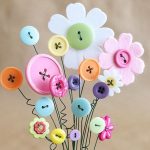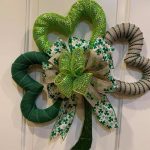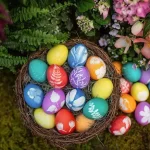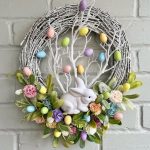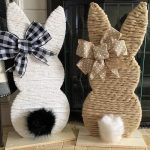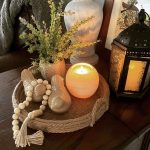A terrarium is a miniature garden grown inside a covered glass or plastic container. It is extremely easy to take care of and is an ideal choice for homeowners who have little time for gardening. Moreover, a terrarium is a fun way to make your home seem more cozy and modern.
While creating a miniature garden at home may seem a tricky task, with a little bit of creativity and patience you will be able to make an absolutely wonderful terrarium in no time at all. We will tell you how to create and maintain your own green masterpiece. Simply follow these instructions, and you will see how easy it is to make and enjoy these miniature ecosystems.
Choosing a glass container
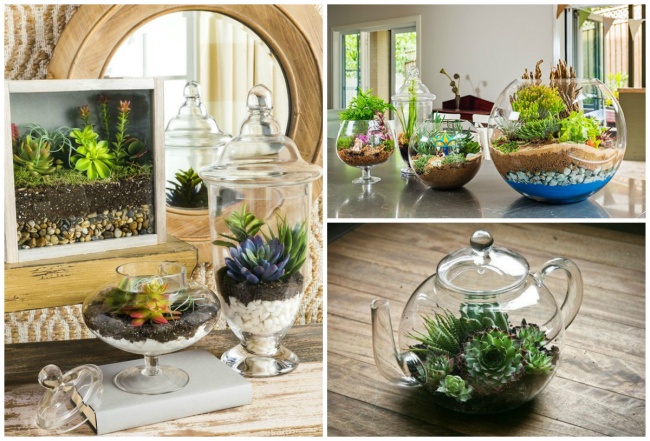
You will need a glass container that is deep enough to accommodate the plants’ roots. You can use either an old glass bowl or one specially made for growing plants. Note: if the container was previously used, wash it thoroughly before planting flowers in it.
Almost any container will work:
- aquariums
- vases
- kettles
- tureens
- lampshades
- wineglasses
- glass bottles
- chemistry flasks
- Wardian cases of different shapes
Choosing the plants
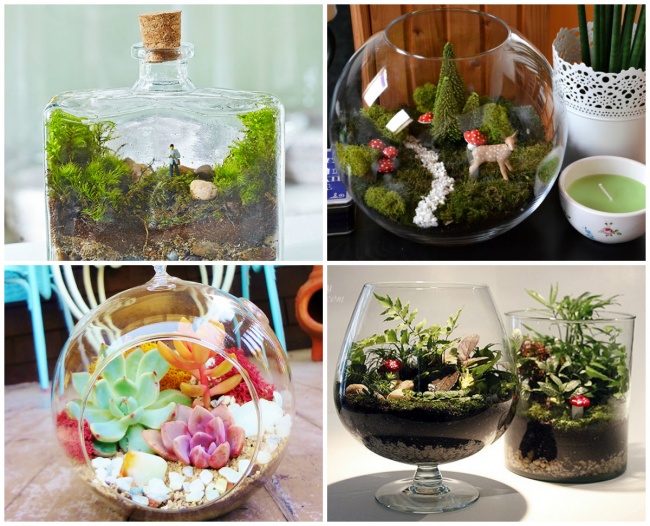
Almost any type of houseplant can be used for your terrarium. However, it is better to choose plants with similar characteristics that do well together. Some ideal plants to grow in your miniature garden are ferns, moss, succulents, and cacti.
Great terrarium plants
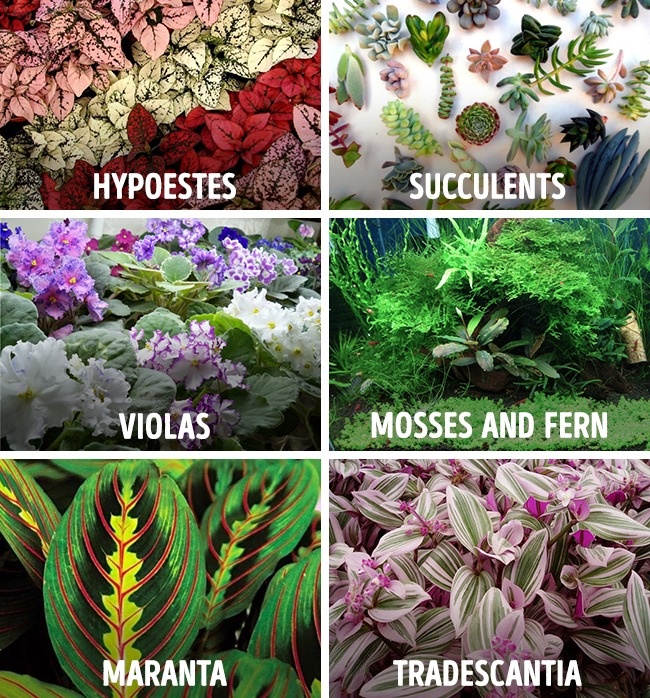
Here is a list of houseplants that are suitable for use in a terrarium:
Purchasing necessary supplies
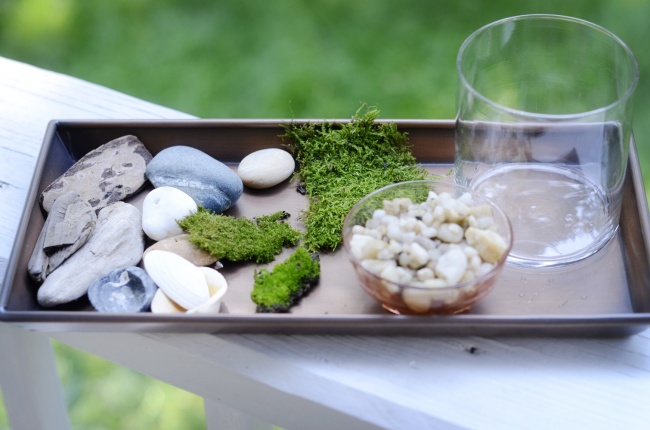
Everything you will need to make a terrarium can be easily found in any garden center or hardware shop.
- Potting soil. You should choose light soil with lots of drainage, preferably with some sphagnum/peat moss in it.
- Pebbles or gravel. Both rocks provide good drainage when placed at the bottom of the terrarium, and they can give your miniature garden a neat appearance when placed at the top.
- Activated charcoal. If you’re using a container without drainage holes, add a small layer of charcoal to the bottom of the pot.
- Sheet moss. When placed in the bottom of the terrarium, sheet moss will function as a sponge that will absorb the excess water.
- Planting tools, gloves, watering can.
- Decorations. You may choose any decorations you like. For example, miniature garden gnomes, shells, rocks, small statues, or aquarium decorations.
Planting your terrarium
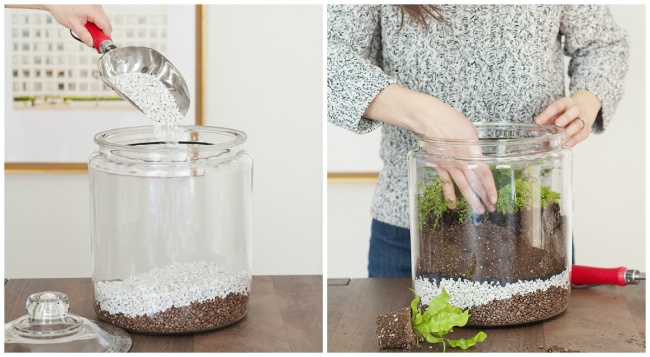
- Clean the glass container. If the container was previously used, wash it thoroughly in soapy water and rinse well.
- Add some drainage. Mix the gravel and pebbles with a generous handful of activated charcoal. Pour a layer of this mixture (about 2.5 cm thick) in the bottom of the container.
- Add a layer of moss. This will prevent soil from filtering down into the gravel. Moreover, moss is great at absorbing excess water.
- Put in the soil. Depending on the size of the terrarium and the length of the plants’ roots, you will need to add from 5-8 cm of soil. Gently tamp the soil to remove air pockets and smooth the surface. Dig small holes where you will put the plants.
- Add the plants. Remove your plant from its container, shake excess soil off the roots, nestle it carefully into a hole you made previously, and lightly firm the soil around the plant. Repeat with the rest of the plants.
- Add the decoration. You can use moss, stones, shells, or figurines to create your unique composition.
- Give your plants a bit of moisture. Lightly water your miniature garden. This will be enough.
Maintenance
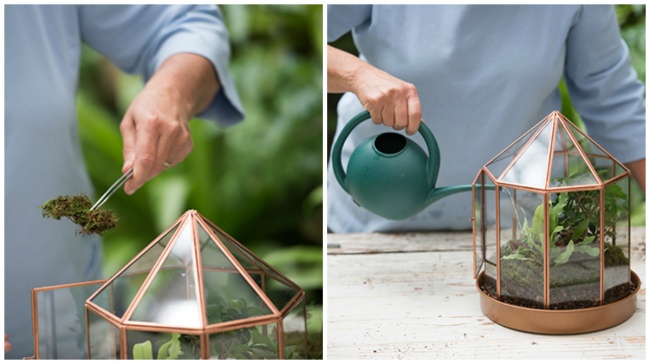
- Water your plants. If your terrarium is open, water the plants occasionally. Though airtight terrariums don’t require watering, plants in open containers need to be watered about once every week or two. Succulents and cacti can be watered once a month.
- Keep your plants healthy. As soon as you notice weeds, mold, or sick plants, remove them immediately. You should also remove wilting parts of the plant, such as dead flowers.
- Let in some fresh air. If your terrarium is airtight, it is a good idea to occasionally air it out. If your plants are wilting or there is excessive condensation on the sides of the terrarium, allowing the container to air out will be beneficial.

